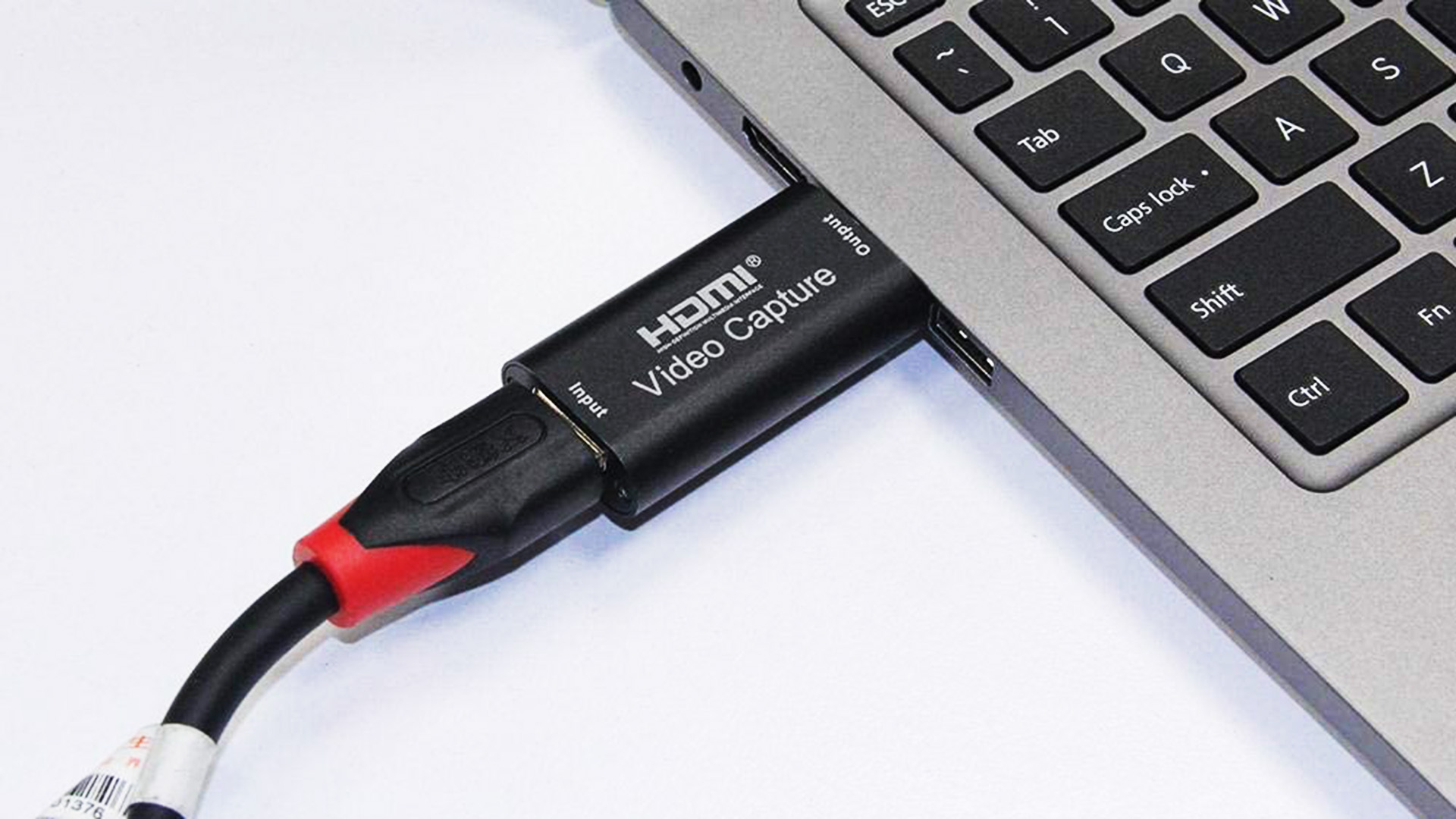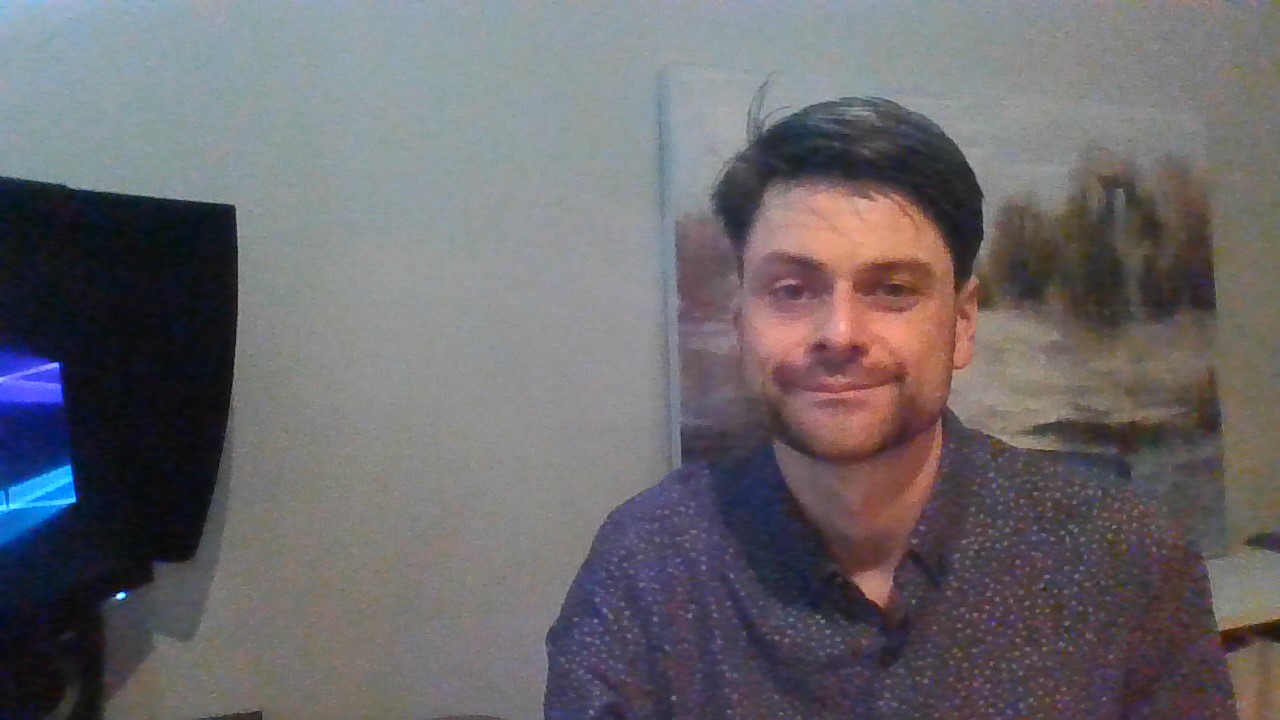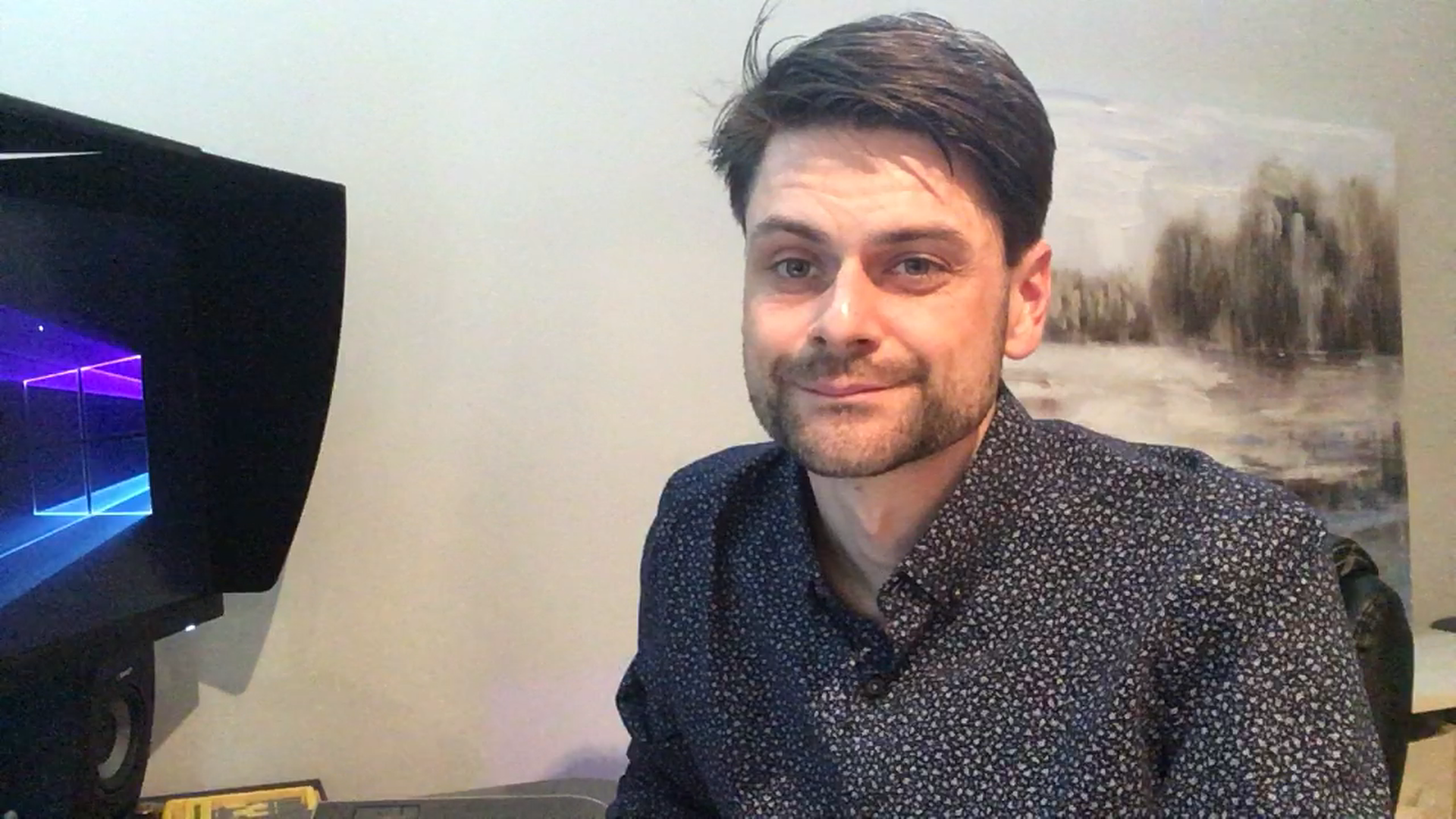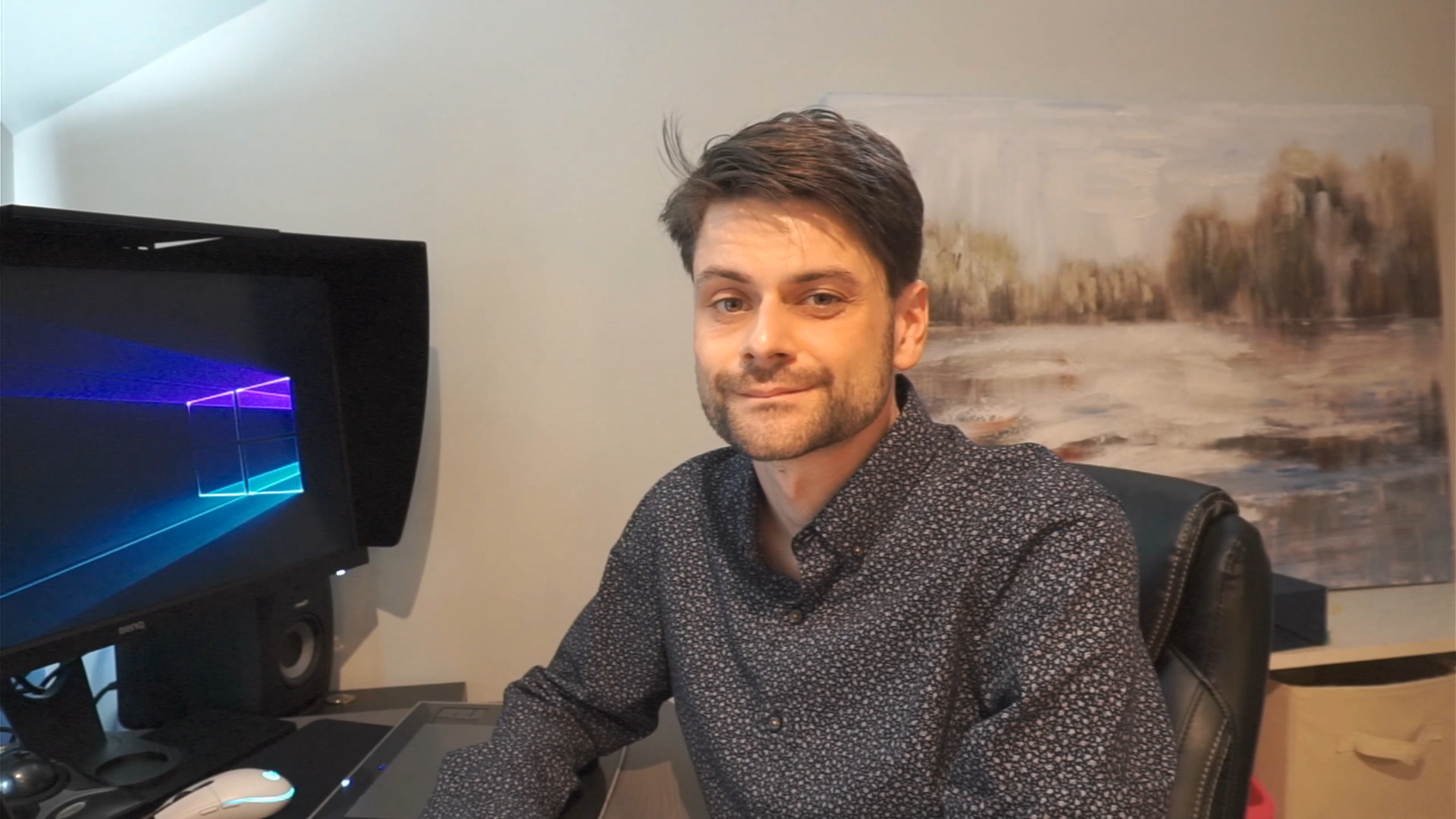
Recently there has been a surge in demand for using mirrorless cameras as webcams. Here's one extremely inexpensive device to make that possible. The Lightcolor HDMI to USB adaptor.

The Lightcolor HDMI to USB adaptor. Image: Amazon.com.
Many of us are spending a lot more time at home. As lockdown restrictions continue and as more and more people are working from home, some of us are scrambling to flesh out the home office.
As for myself, I regularly teach at local colleges and this semester will be no different... Aside from this being the first year class will be entirely online. I will be presenting often - I am a very animated speaker and feeling comfortable is paramount when giving a lecture.
My primary computer is a desktop and does not feature a webcam. My laptop has a blurry 720p webcam and the quality looks like a bad watercolour painting filter with some magenta tones and noise.
 My webcam leaves much to be desired.
My webcam leaves much to be desired.
While USB web cameras aren't new, many affordable models in the $100 range have long since sold out. Spending $200 or more on a single-use device such as a webcam isn’t too appealing to me.
I noticed the likes of GoPro, Canon, Fuji, and Panasonic adding web camera functionality to their hardware. While this is a huge selling factor, only current makes and models are supported, and each of the software utilities is in public beta.
iVCam
My first run at improving my setup was a little utility called iVCam. The affordable application is available on both iOS and Android, and will turn your smartphone or tablet camera into a webcam for your PC. I used iVCam for a month with my Windows desktop and performance was solid, there were no crashes during my calls, and working this way offered me better flexibility as a presenter. I could use my studio microphone running through a Focusrite audio interface for sound, and use the video feed from my iPhone camera in the call, while being able to share my screen on my desktop.

Even on an older iPhone, IVCam brought improvement
Most of us have an obsolete phone or tablet sitting around in a drawer, and I found iVCam to be worth the price of admission. There is a feature-limited free version as well if you want to test it out before making the purchase.
LightColor Audio Video Capture
The LightColor Audio Video Capture Cards HDMI to USB 1080p USB2.0. You’ll notice right away: there are a ton of similar looking product listings like this floating around Amazon right now, and they all appear to be made from the same mould. I managed to get mine for $16.99 CDN but the price has since risen to $23 CDN. Expedited shipping took three weeks to arrive and somehow made a stop in the UK before coming to Canada.
No matter which dongle you purchase, the premise is the same: turn any HDMI signal into a webcam video source over USB. This model offers video inputs up to UHD 3840x2160 in size and down-converts them into HD 1920x1080 signals.
I tried connecting my consumer (and quite old) Nikon Coolpix L820 point and shoot camera to the dongle and, no luck. When the HDMI port is plugged into this camera, the camera assumes you want to review footage on a television and moves into slideshow mode. There is no video output functionality on the camera. So, I could see a little photo grid in Skype, but no picture.
I had much more success with my Sony A6000 mirrorless camera, this camera supports monitoring out during recording and I could send a signal to the LightColor dongle. Skype and Zoom could both see the camera as a device and be used in a call. Picture quality was a big improvement over what I was using before. There were still naggy reminders that my setup was a bit janky - when I tried connecting the USB power brick for a call the camera wanted to move into computer connection mode. So, batteries need to be charged before calls, and I had to remember to turn the camera off once the call was done.

My a6000 offered the best image overall.
Having a tripod setup is a bit of a space hog. A mechanical desk mount arm would be better for this kind of setup.
All in all, I recommend either the LightColor dongle or IVCam software - both offered better image quality than I had available to me. Jumping onto meetings I’ve had my clients comment just how professional my setup looked. Sometimes it’s the little things like a sharper, clearer image that can give you that extra edge in a pitch or a lecture.

Comments